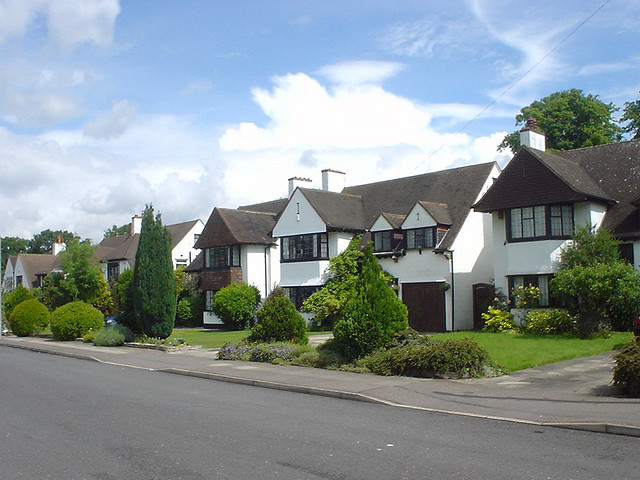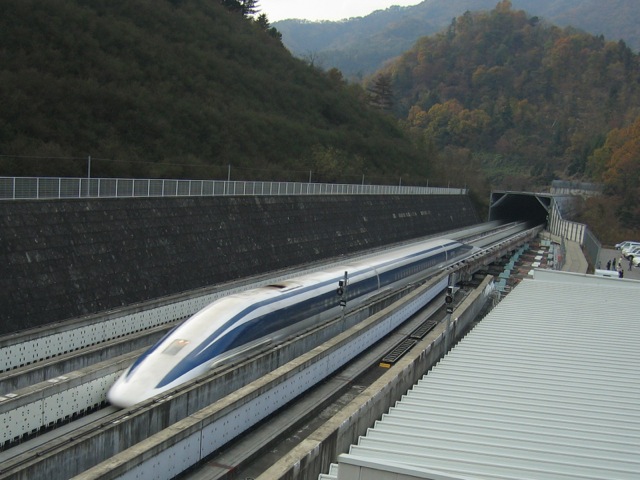The British are more aware of class than Americans. So when Paul Dacre, the editor -in-chief of the working-class Daily Mail, says, “there is an unpleasant intellectual snobbery about the Mail in leftish circles, for whom the word ‘suburban’ is an obscenity,” the Brits know what he means.

While some Brits may be ashamed to admit it, more live in suburbs than central cities, though thanks to highly restrictive land-use laws, they tend to live on small lots or in semidetached homes. This suburb is southeast of London. Flickr photo by diamond geezer; click for a larger view.
Suburban hostility among British elites actually preceded that in the United States by at least a couple of decades. As Clive Martin, the former Lord Mayor of London, observes, there may be no “aspect of the British experience that comes in for more derision than suburbia,” a lifestyle that is “relentlessly mocked” as “an acquired taste for people with no taste.”








